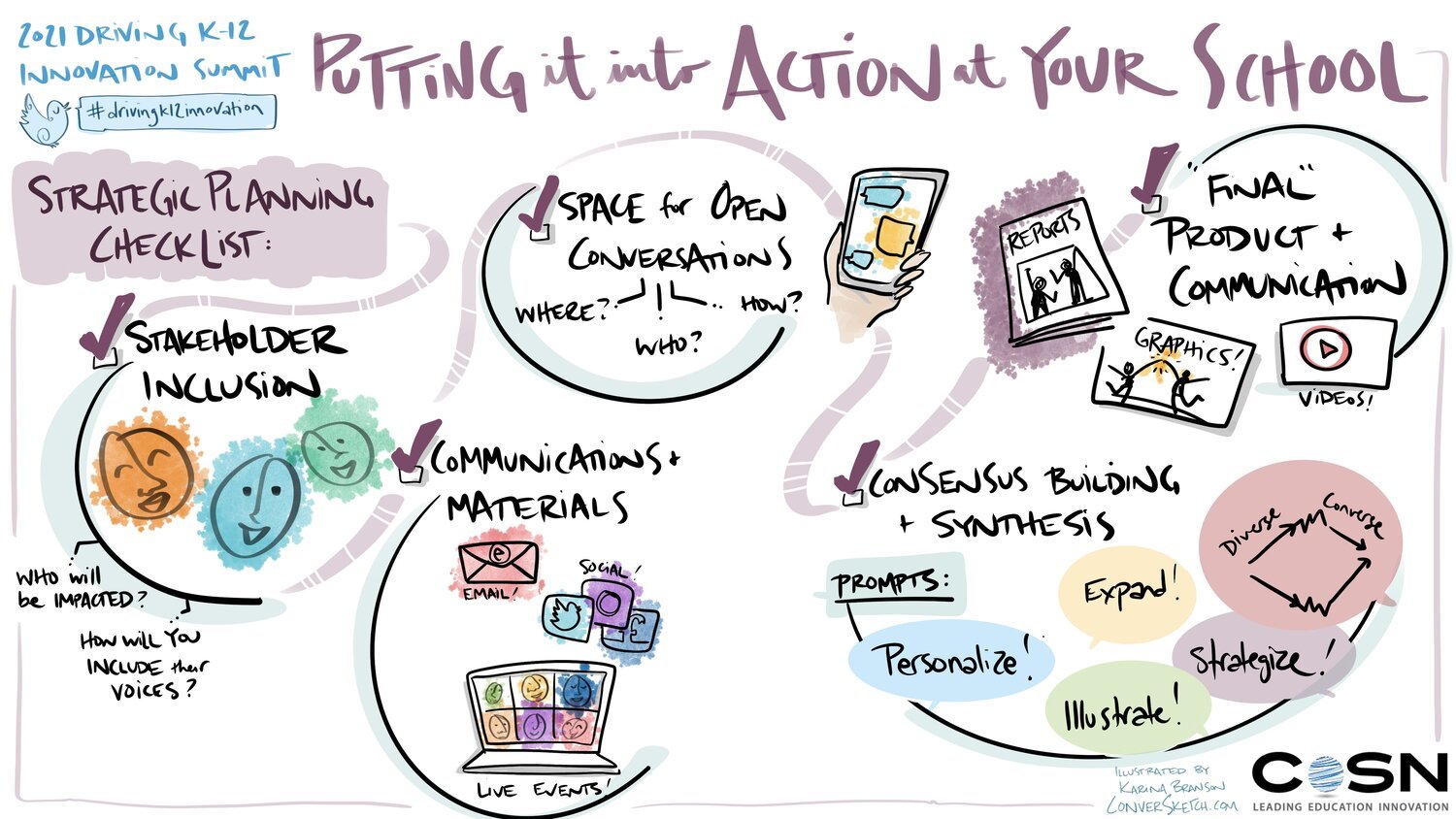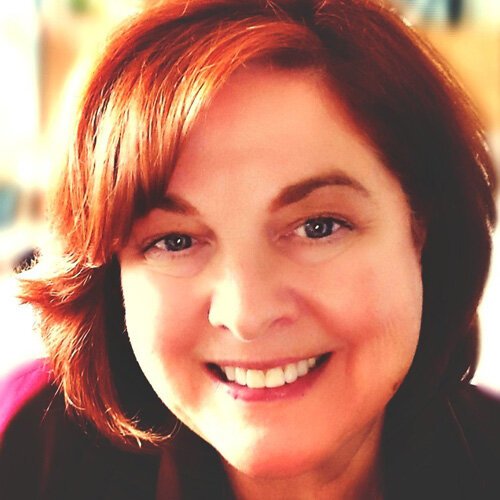Digital equity: the first digital spool of educational justice
Spools by PublicDomainPictures from Pixabay
Guest article by Mary Lang
Digital Equity Is About Connection: Technological, Human, and Learning
If you are lucky enough to earn a coveted seat in a cohort of LA Tech4Good’s excellent Equity and Ethics in Data workshop series, one of the first principles you will discuss is the idea that equity is both an outcome and a process.[1] This duality is simple to state, yet tough to enact.
A quarter of a century since the term “Digital Divide” first entered the popular vernacular[2], it remains a gaping chasm affecting education outcomes at multiple levels. The focus on outcomes over the processes that produce those outcomes, is a key underlying reason. For example, here in Los Angeles, only 53 percent of residents in South and East Los Angeles have broadband service compared to 89 percent of residents in West Los Angeles and in the South San Fernando Valley.[3] That gaping chasm is an inequitable outcome, of the vast interconnected processes that continue to inevitably lead to that predictable inequitable outcome.
The three spools of educational justice
This is the first installment in a 3-part series on the dominant digital dimensions or “digital spools” of K-12 educational justice: digital equity (February 2021), digital literacies (September 2021) and digital epistemology (May 2024)
Image by Clker-Free-Vector-Images from Pixabay
Within the duality of inequitable processes that lead to inequitable outcomes, the Digital Divide can be seen as one of the threads that can help knit together the Educational Justice that is the north star of education futurists operating in the K-12 public education space.Educational justice as an outcome can be envisioned as a tapestry of nuanced layers, working together to equip and empower students with education that equitably and perpetually amplifies the talents, gifts, and particular ways of knowing that are unique to each student.Educational justice as a process is the bedrock of a civil society, where it will serve an increasingly vital role in restoring what Shoshana Zuboff calls “…the value of truth to its rightful place in democratic society.”[4]
If we think about processes as interwoven by similarity, we can envision “process spools,” that, when woven together, can create an outcome of educational justice.
Digital Equity includes, but is not limited to, closing the Digital Divide. Closing the Digital Divide is the first necessary condition as we knit together a tapestry of Educational Justice.
It is the first most necessary condition of Digital Equity, but certainly does not meet the sufficiency bar of conditions needed to fully achieve Digital Equity. Still, we must cross this bridge first.
There are three nuanced dimensions of connection that make up Digital Equity: technological, human, and learning.
1. Technological connection is the most tangible, and necessarily the first connection.
Technological connection is the most tangible, and necessarily the first connection. In some ways, it is also the most straightforward to achieve. The belief that access to devices and broadband Internet is both a human and a civil right holds strong sway at this moment in our history, making this the most important and likely dimension of digital equity to be achieved right now. The Los Angeles County Office of Education (LACOE) is a local example of how much of a difference a focused effort in this area can make. Acting on proposals from LACOE, since October 2020, the Los Angeles County Board of Supervisors has allocated a total of $17.2 million toward closing the digital divide. The funding not only enabled the purchase of devices and hotspots, but also supports internet service plans for families through December 30, 2021. If you are interested in the future of education, and advocate for anything this year, direct your energy toward this noble cause, in whatever way you are able.[5]
2. Human connection is the most nuanced and difficult connection to achieve.
"Nihil de nobis, sine nobis,” or, "Nothing About Us Without Us!" This involves the deeply empathetic connection to all students required to integrate fully dimensional portraits of each student’s whole self and reality into decision making, so that students and their identities are represented with and by the technologies themselves. The human connection dimension of digital equity must begin with empathy. Only through empathic, deep, persistent listening can we fully understand what digital equity experts characterize as the “conditions of learning.” These conditions are the where, how, with whom, and when students actually engage in structured learning. This deep understanding of the realities of each student’s life must be met to achieve the human connection thread of digital equity.
3. Learning connection is the final and most dynamic connection of digital equity.
Working across the first two connections—technological and human—and digging deeply into the powerful accelerator of personalization, the learning connection is where these are braided together in powerful partnership with teachers. This connection creates meaningful opportunities that empower every learner to follow their curiosity and learn in ways meaningful to themselves, enabled by the technology and empowered by the teacher.
Innovation Toward Digital Equity in K-12 Education: CoSN’S Driving K-12 Innovation
CoSN's Driving K-12 Innovation reports 2021
To learn more about technical innovation in education, including digital equity, personalization, scaling innovation, and social emotional learning, I recommend CoSN’s Driving K-12 Innovation work. Their annual summits and an ongoing series of reports can help leaders and educators inform their strategic planning to build future-ready, equitable, and innovative school cultures. I outlined my approach to the future of education and technology in The Courage to Be New: Thinking about the Future of Education Forecasts, Imagination And Reflection.
And here is visual facilitation image from CoSN's Driving K-12 Innovation Summit, January 28, 2021.
New Never Lasts: Take Action Toward Digital Equity NOW
The Digital Divide is not new, but what is new is this monumental moment of alignment in history when there is broad acceptance of the belief that access to devices and access to broadband Internet are both human and civil rights. What is new is the level of focus on the connection between access to digital resources, student success and educational justice. The Divide existed pre-pandemic and has sown deeper seeds of inequity throughout the pandemic. What is new is the momentum toward equity as a guiding principle and driving force in education and society that the new administration is already ushering in. But new never lasts, competing issues will always arise and momentum can be lost. The need is great. The resources needed can meet the moment and the size of this need, if we act now.
Here’s what you can do today
1. Learn the federal policy decision making structure that will make key decisions that can close the Digital Divide and move us toward digital equity here.
2. Stay current with the most recent and relevant reports and findings on the realities of closing the Digital Divide. Closing Education’s Digital Divide Will Cost Billions is a good place to start.
Let’s not let another quarter of a century rush past our students while their future rushes toward them. Let’s not leave our students on the wrong side of the defining divide of their educational lives: Digital.
About the author
Mary Lang is a Transition Designer contributing to progress toward worldwide educational justice. Currently Mary serves as the Organizational Change Management Officer for the Los Angeles County Office of Education. Previously Ms. Lang taught in public and private universities and designed socio-technical transitions in all four sectors.
The views expressed here are solely those of the author.
[1] Catherine D'Ignazio and Lauren Klein, Our Values and Our Metrics for Holding Ourselves Accountable (2020). MIT Press.
[2] Virginia E. Eubanks, “Trapped in the Digital Divide: The Distributed Paradigm in Community Informatics” recaps how the phrase “Digital Divide” entered popular awareness. Lloyd N. Morrisett Jr., an American experimental psychologist, and an original creator of Sesame Street, seems to be the person who coined the term in the early 1990s, before Al Gore in 1995, and before the U.S. Department of Commerce 1998 report, “Falling Through the Net II: New Data on the Digital Divide.”
[3] USC Dornsife Center for Economic and Social Research, as quoted in Dodger Insider, December 8, 2020
[4] Shoshana Zuboff, Professor Emeritus at Harvard University, is the world’s leading expert on the rise of digital in civilization’s transition to a global information society. This quote is from her January 29, 2021, New York Times article, “The Coup We Are Not Talking About: We can have democracy, or we can have a surveillance society, but we cannot have both,”
[5] Locally, the Los Angeles County Office of Education advocates for closing the digital divide, directed through the Office of Superintendent Debra Duardo. Additional state-level advocacy work is being done at the California Department of Education. The Consortium of School Networking (CoSN) advocates globally and partners with broad coalitions in their advocacy for closing the digital divide.





